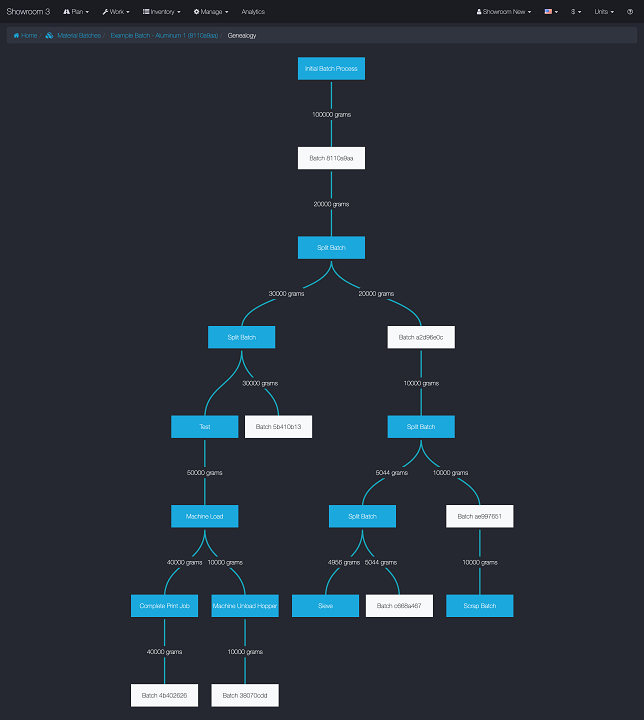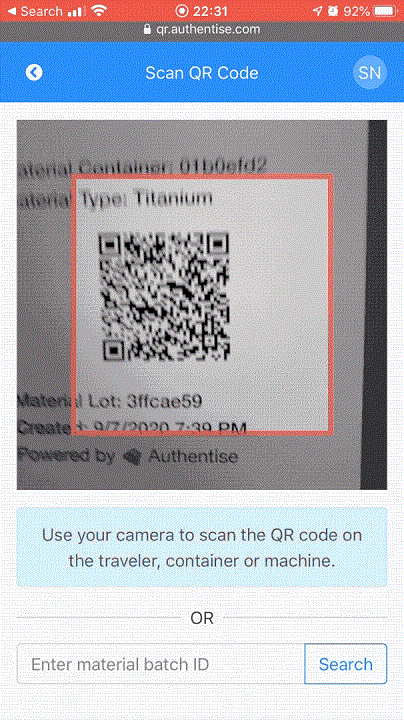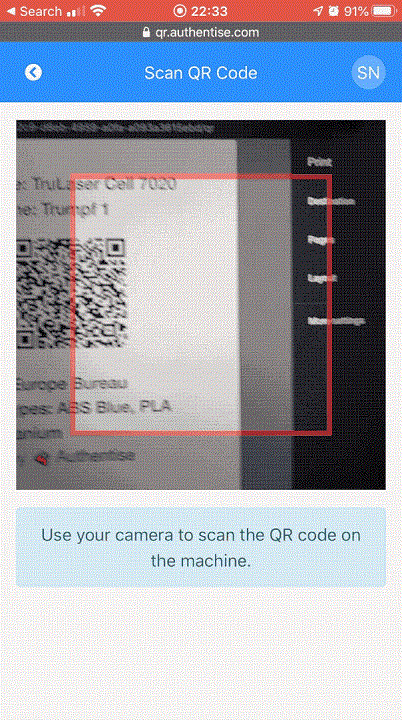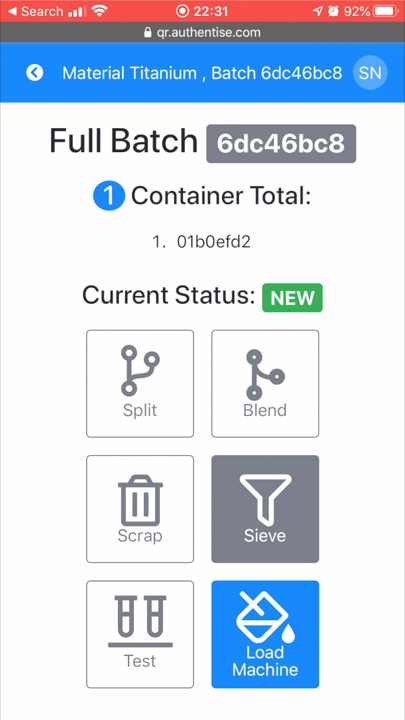
Digital manufacturing offers a great many benefits, but only when all the pieces are in place — and that includes thorough materials traceability.
As industry continues to ease into adoption of newer processes like additive manufacturing, certain questions still linger. Key among these is traceability: it’s imperative to know what is where and when. The digital thread isn’t completely woven into a bigger picture until this loose end can be tied up with full trust.
Authentise has been upping the features it offers in its data-driven process automation software for additive manufacturing. Earlier this month, the company introduced in-process monitoring to the workflow through an integration with Addiguru — and today the company is back with a new in-house feature.
Authentise Material Management
The new feature, Authentise CEO Andre Wegner shares with us, “has the potential to mix up the industry.” He tells us:
“We’ve observed that uncertainty about materials usage is the number 1 cost driver in critical verticals as powder reuse is limited. This is also an environmental problem as virgin powder is hard to produce (up to 60% waste). So giving people simple tools to gain the knowledge they need not only to track powder use and other actions (such as blending, testing etc), but also to associate that data with the data we’ve always collected such as machine data, test data, or simply manual operator inputs, is critical. There has never before been a digital tool that associates all this data.
We’re already seeing some interesting studies done with this tool such as the impact of environmental storage conditions on final part quality. Over time the combined insight – and the alerts we’ll encode into the system as a result – will help give teams the confidence they need to use recycled powder more frequently. This will reduce cost and the environmental burden, and in doing so increase the range of additive applications we can pursue.”
To better understand materials usage, Authentise is today releasing its digital material powder tracking offering. The company says this will reduce waste and total cost in workflow, while simultaneously increasing the all-important reliability and transparency.
Material Management will allow users “to track all actions associated with the material, such as sieving, blending, testing or printing, to enable a full digital thread of the material,” Authentise explains.
The capability is tightly integrated with the Authentise Manufacturing Execution System (AMES), enabling a material traceability report to be easily created for any part 3D printed on the machine it was made on. Traceability will extend to not just the material itself, but also will include operator actions and machine data — that is, pretty full traceability, updated easily on handheld devices. Those updates feed into a full report that can detail a full material genealogy tree.

“There’s still so much we don’t know about the additive process: How do storage conditions affect end part quality? How many times can we recycle, under what conditions? As a result, too much money is wasted as we default to the most secure and expensive options. Too many parts still end up being printed with virgin powder unnecessarily. The integration of our unique ability to draw together data from machines, operators, testing and now materials finally gives us the tools to understand these processes fully, and explain them to our partners,” Wegner says in today’s announcement.
Authentise explains that once the new features are activated on an AMES license, users will be able to:
- Receive material into your factory in the form of Lots. These are managed to assist your supply chain team in monitoring and controlling the overall inventory of the factory.
- Create and manage Batches of material to be used to produce parts within your facility.
- Link parts and runs that utilize a specific material batch, automatically.
- Review genealogy graphs that illustrate the life of a batch by displaying events that occurred on a batch. This includes print events, blends, splits, sieves, tests, and any child batches that are created.
- Utilize our mobile QR app to record the flow of material through the production process using automatically generated QR codes for both your materials and printers.
The team has already created a step-by-step user guide for the new feature, offering detailed instructions through the full process and a lengthy discussion of each of the bullet points above.

Early indications show that, from a user perspective, this sort of capability is absolutely in order. Miguel Zavala, Project Leader in Laser Additive Manufacturing at TWI Ltd in the UK, says:
“Digital Material Management is the missing piece of the puzzle for us. As a certified Lloyds Register lab, we have to prove that we’re following the right process at all times. The combination of AMES with a seamless material tracking tool delivers a full digital traceability of not only what we’ve done but everything that has happened to the part. We can use that data to improve our processes, provide automated reports to clients and work with our partners to develop better machines, materials, processes and designs.”
Via Authentise



